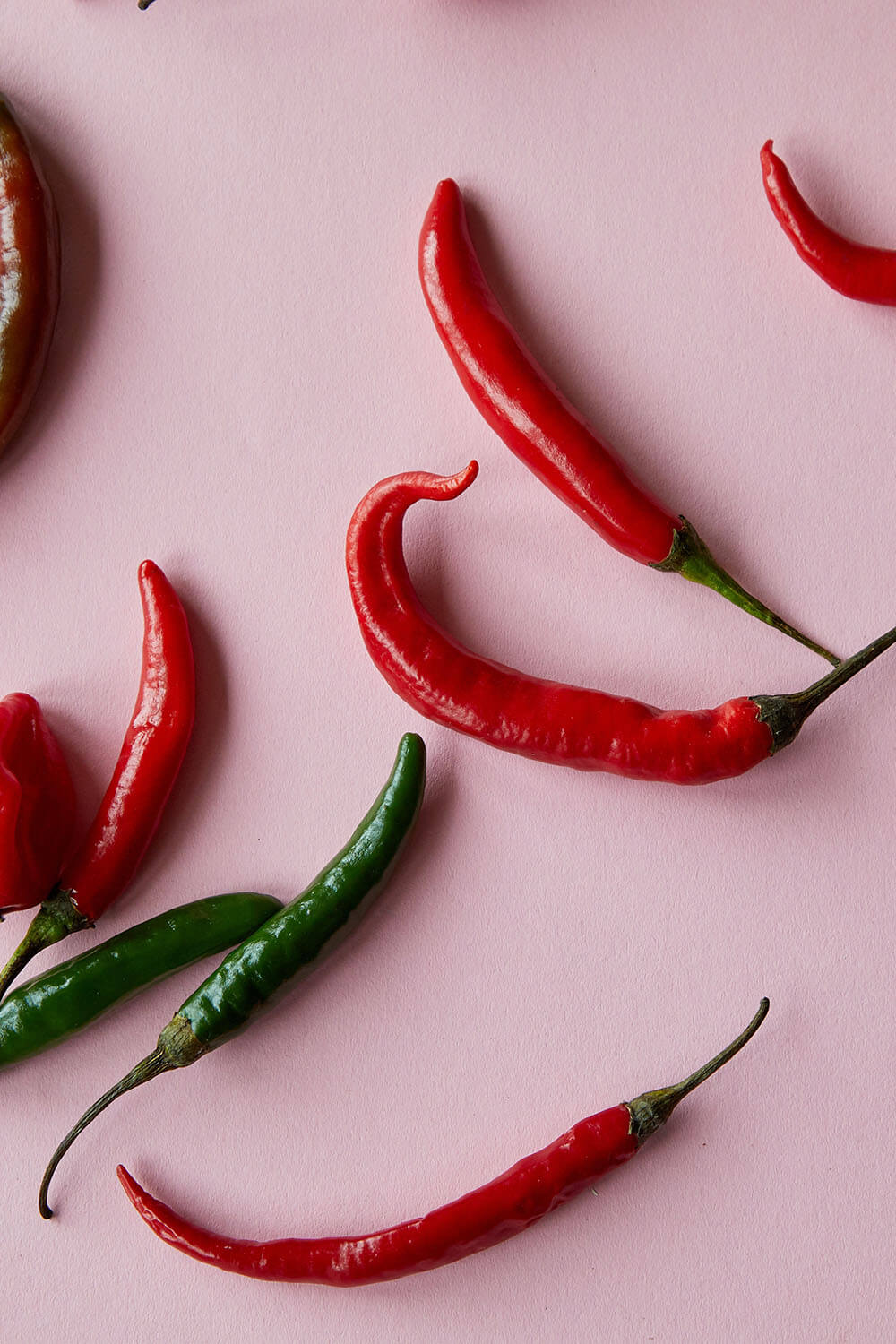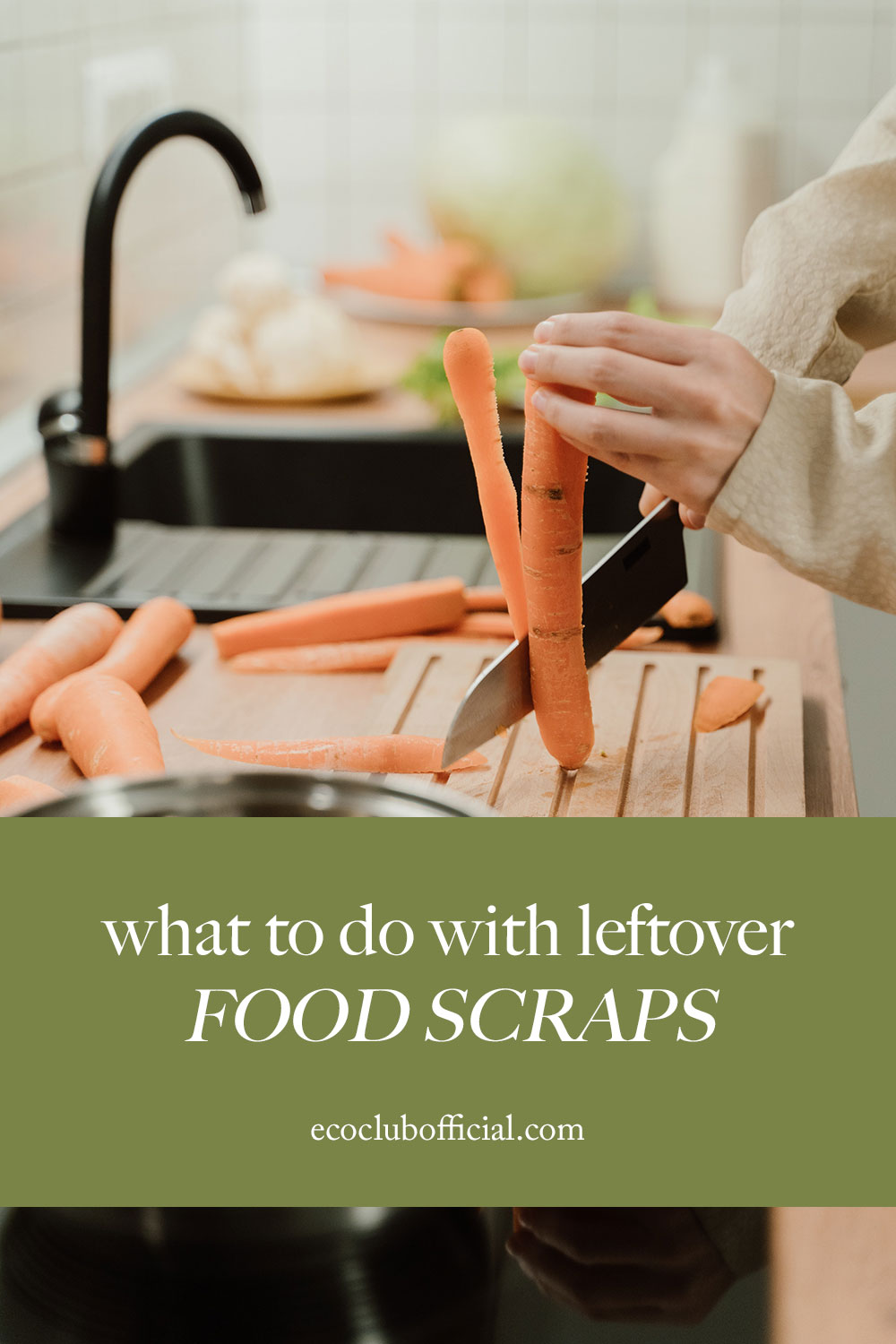When Barbie Girl by Aqua became a 1997 anthem, we didn’t really know what we were saying by joyously chanting “life in plastic… it’s fantastic!”. Here we are 25 years later, bearing the brunt of microplastic pollution as it filters its way into every aspect of our daily lives. Avoiding bottles that don’t say they’re BPA-free isn’t enough anymore; there are microplastics in food from our vegetables to our milk and even our tap water.
Now, I’m not trying to be an alarmist—this isn’t about scaring you with the pollution BoogeyMan. Rather, talking about microplastics is about arming you with the right kind of knowledge so that you can grow as a consumer and make smarter choices for yourself. Because oftentimes many of us can only afford the cheap option; buying sustainable and green can feel like a luxury reserved for the rich.
But while not every green or eco-friendly good may be universally accessible, being able to work within the confines of your socio-economic bubble is still a step in the right direction. So let’s start by approaching the most unavoidable and crucial element of your daily life… food.

How do microplastics get in our food?
I previously touched on microplastics in this post, but while that was a macro approach to the issue, this is more of a micro approach. The journey our food takes from the farm, or the ocean, to our tables is long and full of human manufacturing. Taking away the plastic waste created to package our food, the truth is that microplastics are so miniscule that they can penetrate the cells of fruits and vegetables. (So if you run into any smug vegetarians or vegans, remind them that we’re all in the same boat here.) When it comes to our meat—fish, beef, poultry—these animals often consume microplastics mistaking them for food. And you know what they say—you are what you eat.
Obviously, this wasn’t always an issue. Plastic was invented in the late 19th century, and only really began to be mass produced in the 1960’s. Yet, because it can take centuries for even one water bottle to fully biodegrade, we’re consuming plastics from decades ago in today’s food chain. That’s why using BPA-free bottles is kind of moot. The microplastics you’re consuming probably came from an age before that kind of production regulation. And while trying to live a microplastic-free existence is basically impossible, there are definitive sources of the pollutant that outweigh others.
Can we avoid it? Some tips…
This first tip may seem like a no-brainer, but even I’m a slave of convenience sometimes; avoid drinking bottled water. Turns out that it’s the largest source of dietary microplastic! This is a fantastic time to invest in a glass or metal bottle, and maybe gift one to a loved one for the holidays.
Speaking of water, don’t drink tap. While I can’t vouch for other countries, if you live in the US you should definitely be filtering your water. While pollutants range from state to state, I think it’s safe to say that taking the extra step to purify your water can’t hurt.
Also try to avoid single use plastics in general, but especially in food packaging like the wrappers on meat and pasta. Don’t microwave in plastic when possible and try to transition to glass or metal containers when possible. While grocery items like cheese and milk do often have non-plastic options, it’s important to note these are usually more expensive alternatives to their plastic-packaged counterparts.
Avoid highly processed foods when possible as well. Besides the fact that all those artificial fillers are bad for you in general, the theory is that low-nutrition food can pair with the effects of microplastics to increase the likelihood of developing chronic health problems.
Overall, there’s simultaneously a million things and not a one that you can do to tackle your microplastic consumption. Real change comes from legislation, and with so much of the planet peppered with microplastics it’s doubtful a meaningful solution is just beyond the horizon. But you can advocate for that legislation, and when it does come up, make sure to vote.
Despite this grim assessment, you can still make changes to your own life and how you live it so that you’re doing your best to create a wholesome and healthy experience for yourself. Like everything in life, some things we can control, and others… Not so much.

